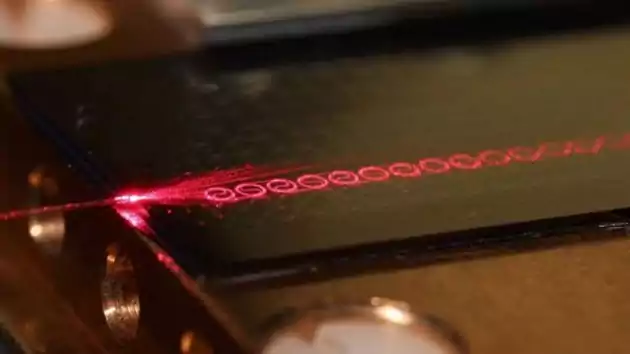Researchers at Chalmers University of Technology in Sweden have created a new type of laser beam amplifier with the potential to produce “superlasers.” The developers claim this technology could increase data transfer rates tenfold compared to current methods.
To “accelerate” the optical fiber, the researchers employed four-wave mixing (FWM) technology. This technique works by generating new light waves whose frequencies are combinations of the original waves’ frequencies. This approach allowed them to expand the bandwidth of a standard laser by a factor of ten, from 30 to 300 nanometers.
The new amplifier is constructed from a durable ceramic material that can withstand high temperatures. The spiral waveguides integrated into its design enable longer optical paths within a small area, and its compact size allows for the placement of multiple such amplifiers on a single chip.

The amplifier currently operates within the light wavelength range of 1400 to 1700 nm. The researchers plan to further investigate the amplifier’s capabilities using other wavelengths, such as visible light (400 to 700 nanometers) and a broader infrared range (2000 to 4000 nanometers). This new amplifier could have applications in various fields, including medicine, holography, and spectroscopy.

